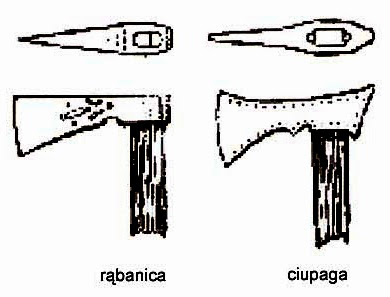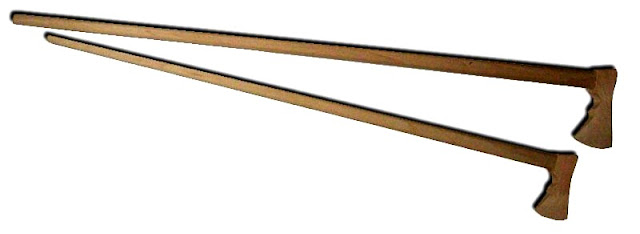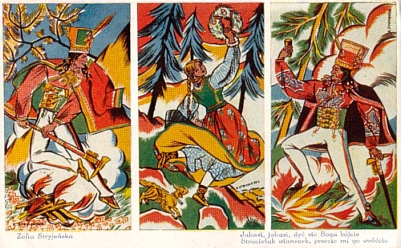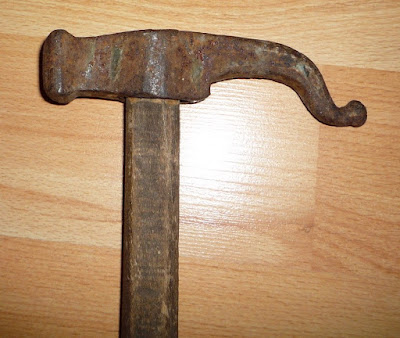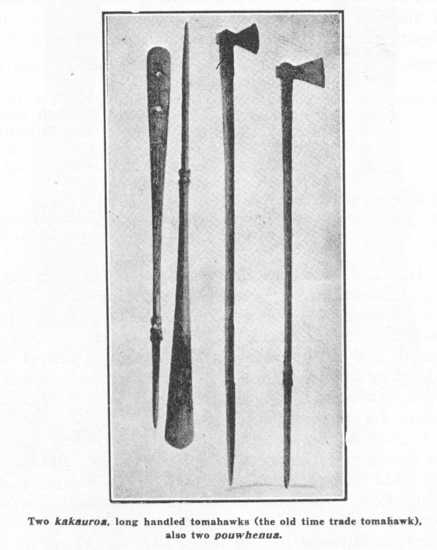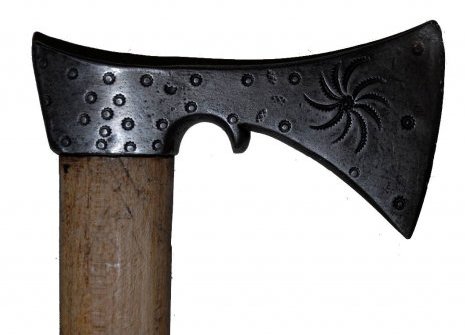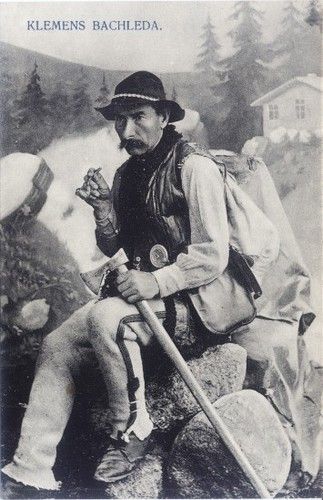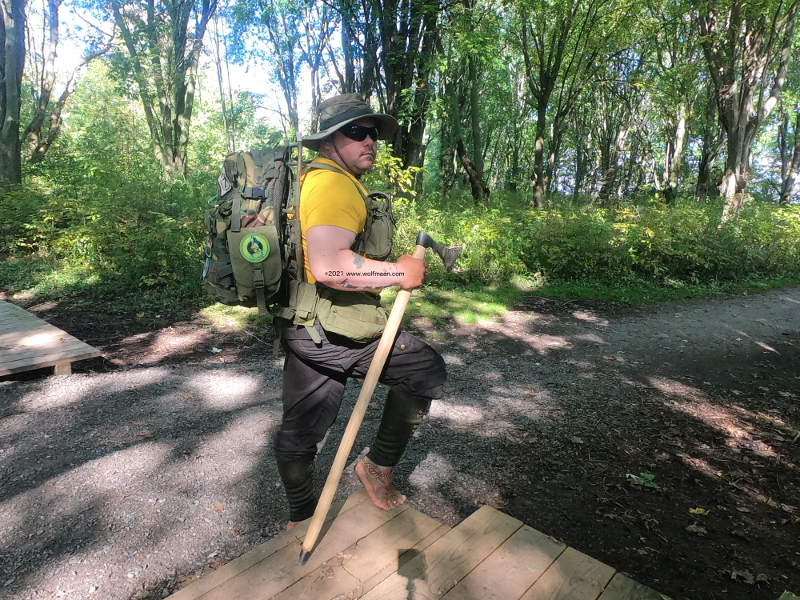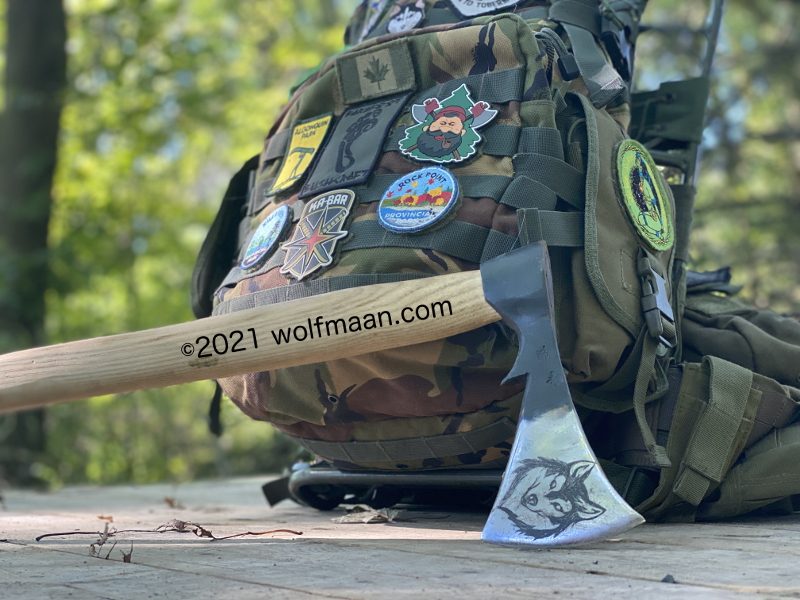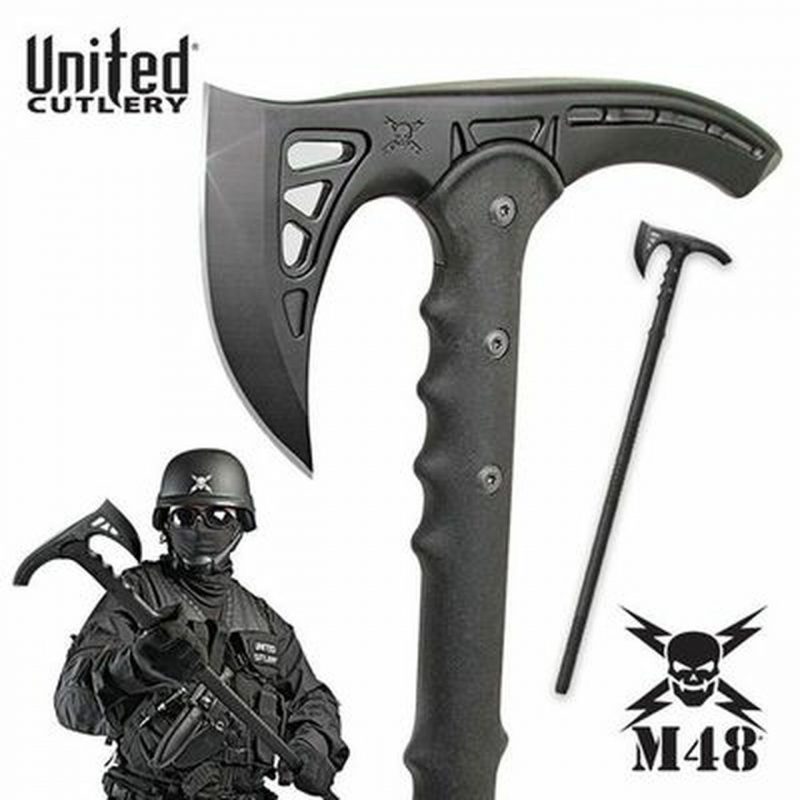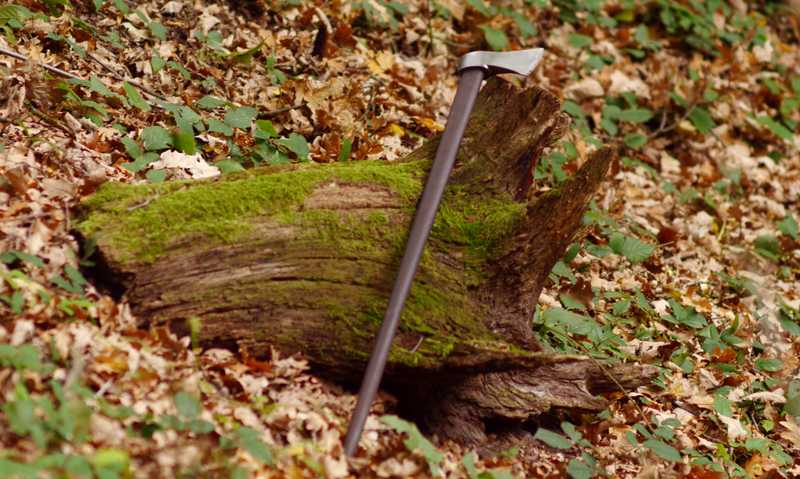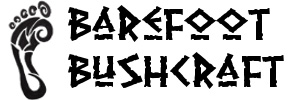Shepherds Axe (Ciupaga)
Throughout history, the slavic people of Poland known as Gorale or Highlanders tended sheep in the Tatra mountains from spring until fall. The Shephers would have a very unique axe called a Ciupaga (pronounced chew-pah-gah) Known in English as the Shepherds Axe Slovac: valaška, Hungarian: fokos Polish: (depending on region) – ciupaga, rabanica, uobuszek, cekanka, Czech: Valaška, Romanian: Baltag Ukrainian: бартка, топірець) Evidence shows the Shepherd Axe started life back in the 9th century as a Hungarian fighting axe. What distinguishes this axe from any other axe is its long helve or handle. In some writings it is described as being a walking staff, in others a walking stick.
Basically it is a hatchet head on a long handle, it could be a square poll, hammer poll or a spike poll axe, it could also be a head of a hammer with a crook poll. Shepherds from a variety of European areas used these long handled axes for walking and protection. They were not capable of cutting down trees, but they could be used to cut small saplings and branches for constructing shelters and possible sheep pens.
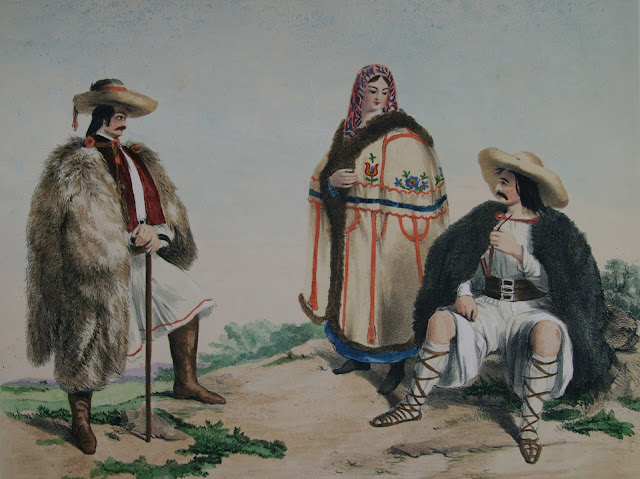
Painting by Stephen Catterson Smith depicting three peasants from Hodod, Transylvania. The shepherd to the left is holding a shepherd’s axe.

